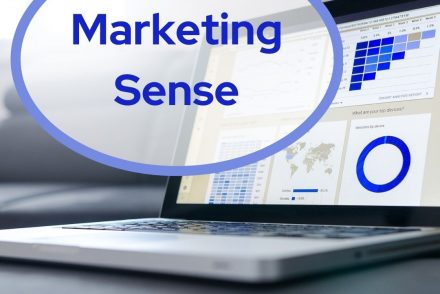
Your First Step to Expand Your Author Platform: Develop a Community Built Upon Service
Our author platform will never grow until we reach beyond our circle of family-and-friends to those in our target…
November 12, 2024
Our author platform will never grow until we reach beyond our circle of family-and-friends to those in our target…
November 12, 2024
Serving Your Audience for Free Always Opens the Door to Opportunity You’ve created a paid program. “Now all you…
September 13, 2024
Creating a content hub is the best way to organize your website’s content IF your topics coordinate with one…
July 12, 2024
In Part One we discussed how very valuable email is to our platform, and why using an email provider…
June 12, 2024
This 3-part series focuses on growing your author platform in 2024, specifically, via an online community such as a…
May 13, 2024
Your book is launching in 6 months. Reviewing your email list, you see 37 active subscribers (people who currently…
April 12, 2024
The most engaging blog posts have five elements: content, a title, subheads, images, and white space. If you haven’t…
March 12, 2024
It seemed like such a great idea. Last summer, with four Lead Magnets offered on my website’s Home page,…
February 12, 2024
Last month I shared Email #1 of my 4-part Welcome email series example. Here are the remaining 3 emails…
December 12, 2023
Nondescript, the small store named *Joe’s Mattress! lay nestled in between two, more active businesses. Its blandness caught my…
October 12, 2023
A Lead Magnet is a marketing tool. “Lead Magnet” is marketing speak for what is typically a 3-10 page…
September 12, 2023
Writers Chat, hosted by Johnnie Alexander, Brandy Brow, and Melissa Stroh where we talk about all things writing, by…
August 31, 2023
Are you pleased with your website’s Home page? The way it looks, its design, and most important, its effectiveness?…
August 12, 2023
(NOTE: This doesn’t apply to multiple audiences. They rarely have sustainable, overlapping needs.) Serving multiple audience categories via email…
July 12, 2023
This 3-part series focuses on growing your author platform in 2023, specifically, via an online community such as a…
May 12, 2023
This month’s edition of Reader’s Digest (Dec ’22 / Jan ’23) included a section near the back called To:…
January 12, 2023
If your website is on Domain A’s URL (web address) and your blog is on Domain B’s URL, the…
December 12, 2022
Writers Chat, hosted by Jean Wise, Johnnie Alexander, and Brandy Brow, is the show where we talk about all…
November 19, 2022
When I’m considering a travel destination, a purchase, or even a new recipe to try, I usually read reviews…
October 24, 2022
Last month, I detailed the first half of my journey to publication for my MG/YA sports novel Inside the…
September 16, 2022
We’ve almost finished preparations for our online workshop! If you’re just joining us, you may wonder… “Why bother with…
September 12, 2022
____________________________________________________________________________ It has become difficult to stand out in this competitive era, especially for small entrepreneurs, like authors. Therefore,…
February 9, 2022
Writers Chat, hosted by Jean Wise, Johnnie Alexander, and Brandy Bow, is the show where we talk about all…
January 31, 2022
Will you be the guest on an upcoming podcast, TV, or radio program? You’ll have access to that person’s…
October 12, 2021
Email marketing is a tried and true practice in the marketing space and has been for a long time.…
October 2, 2021